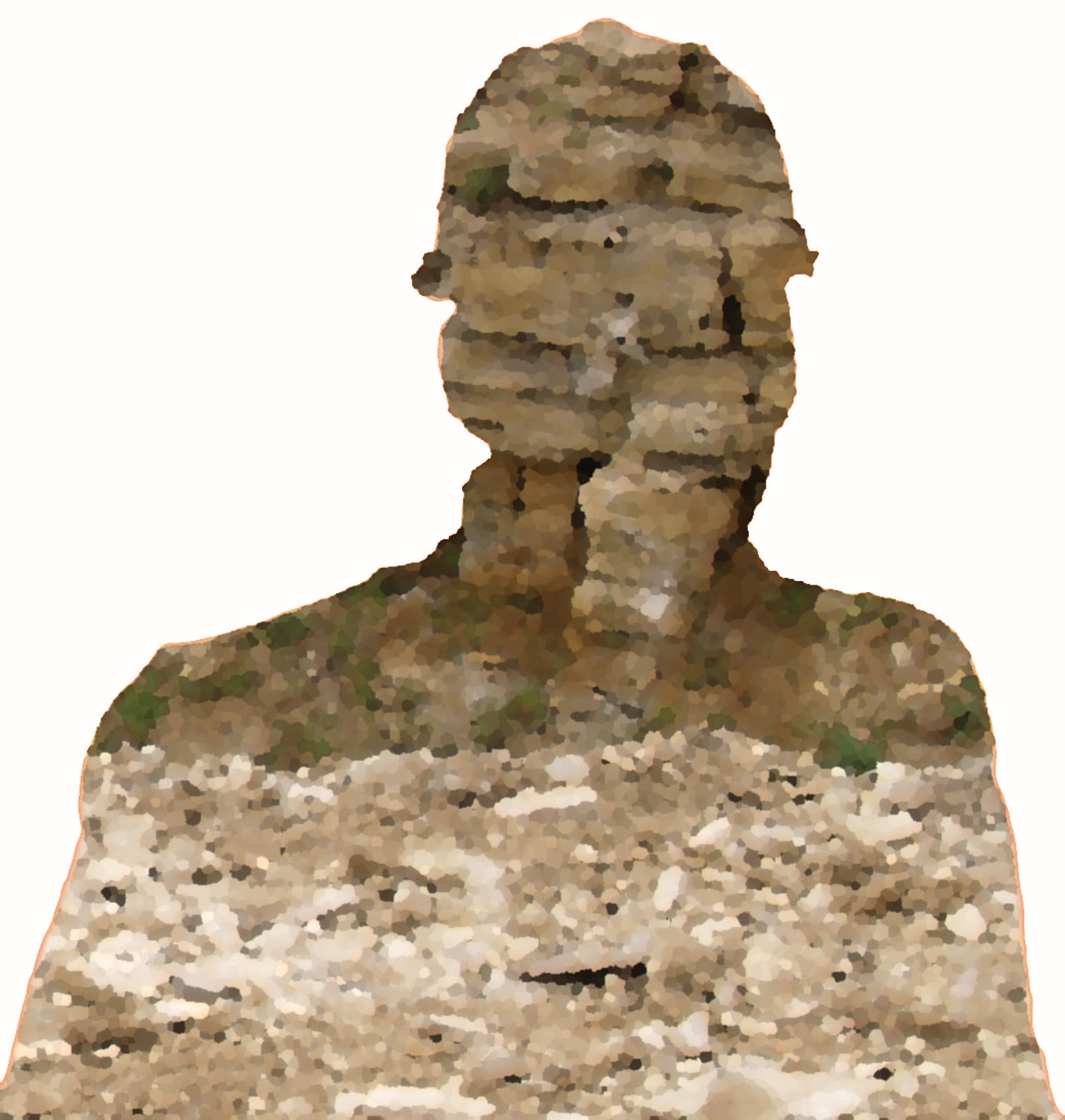Stone Federation Great Britain’s Quarry Forum gives its opinion on issues relating to the stone industry from the point of view of companies that extract dimensional stone from opencast and underground quarries and mines.
One of the key aims of Stone Federation’s Quarry Forum is to work with architects, designers and specifiers to ensure that they know how to go about selecting the correct stone for their project.
This might sound like an obvious concern but there are far too many cases of ill-informed stone selection leading to complications further down the road. Remember: get your stone professional involved at the conceptual stage of any project – it pays dividends in the end.
There are some key steps in selecting natural stone that can make the path from design to completion a much smoother process.
The first is to ensure that your samples are up to the task in hand – namely, giving you a true representation of what the final product will look like.
One key factor in this is looking at range control samples. These show the range of geological characteristics typically found in the bed of a stone, as opposed to the small snapshot provided by a single indicative sample piece.
Having this range to refer to helps avoid any confusion about what the end product will look like.
But you must always bear in mind that stone is a natural product and therefore each piece will have its own unique features.
Step two is an extension of the first. Visit the quarry or mine itself. Stone Federation strongly advises that a visit is made so that the stone proposed for the project can be carefully inspected. This is also the ideal stage to involve an independent stone consultant to come and provide you with an expert opinion.
Herein lies one of the major advantages of using a local, British stone, as you won’t need your passport and a wallet full of Euros to view the product. And because this is the producer’s local market, they will be experienced in the typical applications for their stone and will have a vested interest in ensuring that it is used appropriately.
The third step to getting the right stone for a project is the technical assessment of the stone.
All building materials weather. Stone is durable and in most instances weathering will be so minimal it will not affect the selection of a known stone. Nevertheless, it important to make an initial assessment of the stone’s characteristics before it is added to the project short list.
There are various tests that help build a picture of a stone’s potential suitability for a particular application and while past projects are a good indicator, recent test data on the CE certificate and Declaration of Performance help to complete the picture.
It is the responsibility of the natural stone sector to ensure there is the right stone selection advice and guidance available. This creates for the client a seamless transition between the project design stages and an end product that performs as it should.
Stone is the ideal choice of material for so many projects but it is important to ensure the right stone ends up fulfilling the right application.

